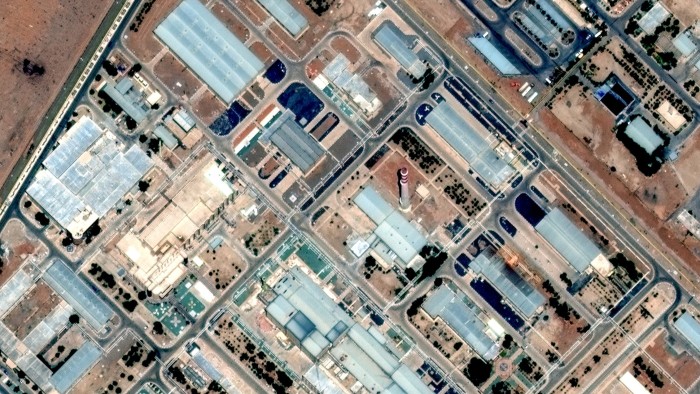Gaza’s Health Ministry says that in the last 48 hours, 202 people have been killed in Israeli attacks.
At least 26 people, including more aid seekers, have been killed in the latest Israeli attacks on Gaza.
The attacks come as desperate Palestinians under Israeli blockade continue to wait at food distribution points amid an ongoing hunger crisis.
Among those killed during Israeli attacks on the besieged enclave on Saturday, 11 were aid recipients at distribution centres run by the United States-and-Israel-backed Gaza Humanitarian Foundation (GHF), which the United Nations has condemned for its “weaponisation” of aid.
Meanwhile, Wafa news agency reported that at least three people were killed and several others wounded by an Israeli drone strike that targeted displaced Palestinians in al-Mawasi, southern Gaza.
The report said that the attack targeted a tent sheltering displaced members of the Shurrab family. The tent was located in an area the Israeli military had previously designated as a “safe zone”.
In the last 48 hours, at least 202 people have been killed, including four recovered bodies after Israeli attacks, and 1,037 wounded by Israeli attacks across Gaza, the Health Ministry reported.
Since Israel launched its war on Gaza in October 2023, at least 55,908 people have been killed, and 131,138 have been wounded in Israeli attacks.
Attacks on aid sites
In recent days, Israeli attacks on aid distribution sites in Gaza have ramped up as thousands of Palestinians gather daily in the hope of receiving food rations following a two-month Israeli blockade of aid deliveries.
On Saturday, three people were killed at a GHF site in Khan Younis after Israeli forces opened fire. Several people were also wounded and taken to medical facilities.
Omar al-Hobi, a displaced Palestinian in Khan Younis, told Al Jazeera from a hospital that walking to those sites means you “enter the point of death”.
“I call it the point of death. The tank is in front of us, the machinegun is in front of us, and the quadcopter is above us, and there are soldiers on the ground with snipers. Anyone who moves before the time is shot, and the moment the tank retreats, we start running,” al-Hobi said.
Israel claims its attacks at the aid sites have been to control crowds, but witnesses and humanitarian groups have said that many of the shootings took place unprovoked, resulting in hundreds of casualties.
The Red Cross said on Thursday, the “vast majority” of patients who arrived at its field hospital in the enclave since the GHF aid system began at the end of last month had reported that they were wounded while trying to access aid or around distribution points.
Meanwhile, Wafa, citing the Telecommunications Regulatory Authority in the Gaza Strip, reports that there has been a disruption in internet and landline services affecting the governorates of Gaza, which include Gaza City, and north Gaza.
There is currently an ongoing outage in the southern and central areas of the Gaza Strip that has lasted for more than three days.















